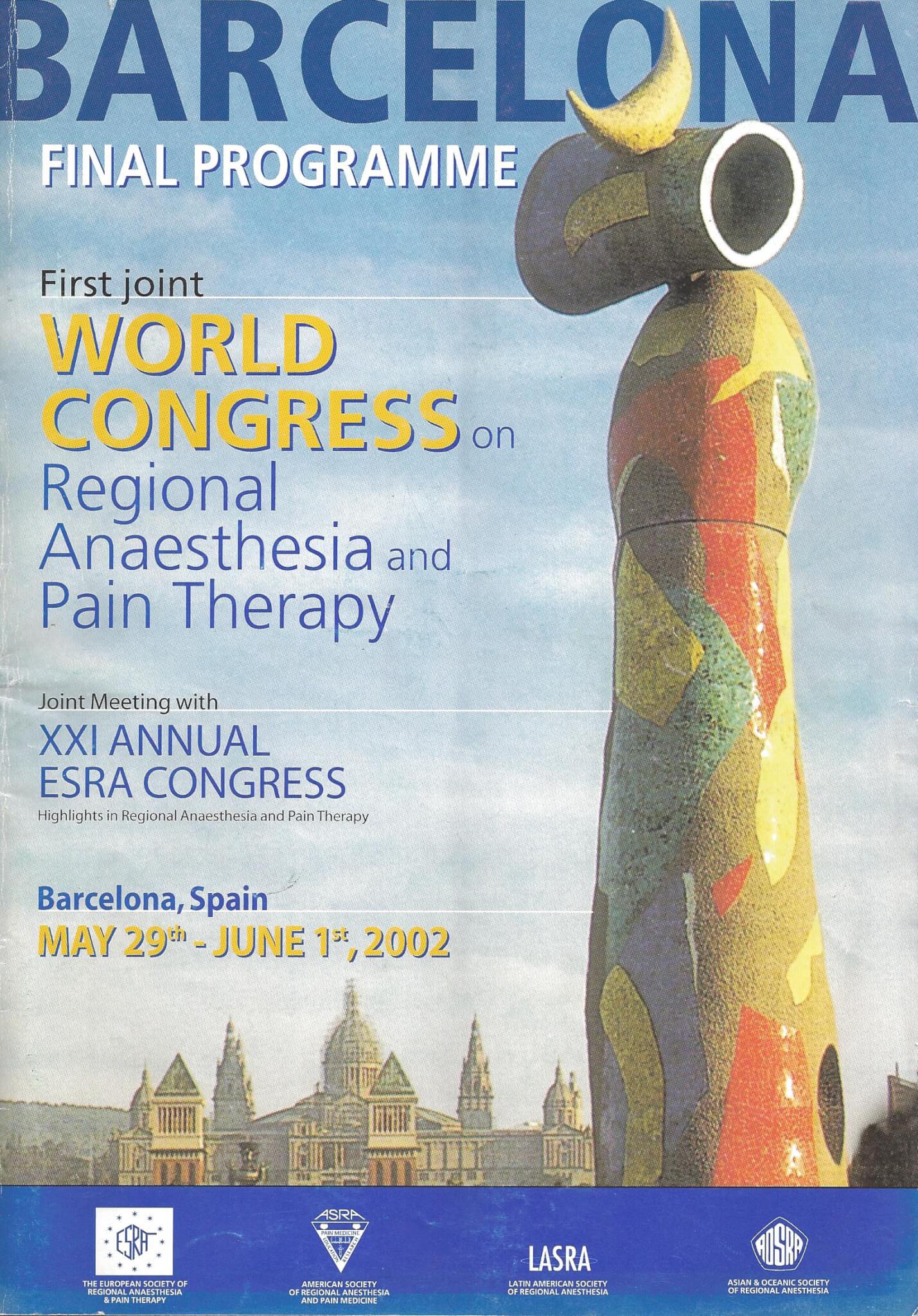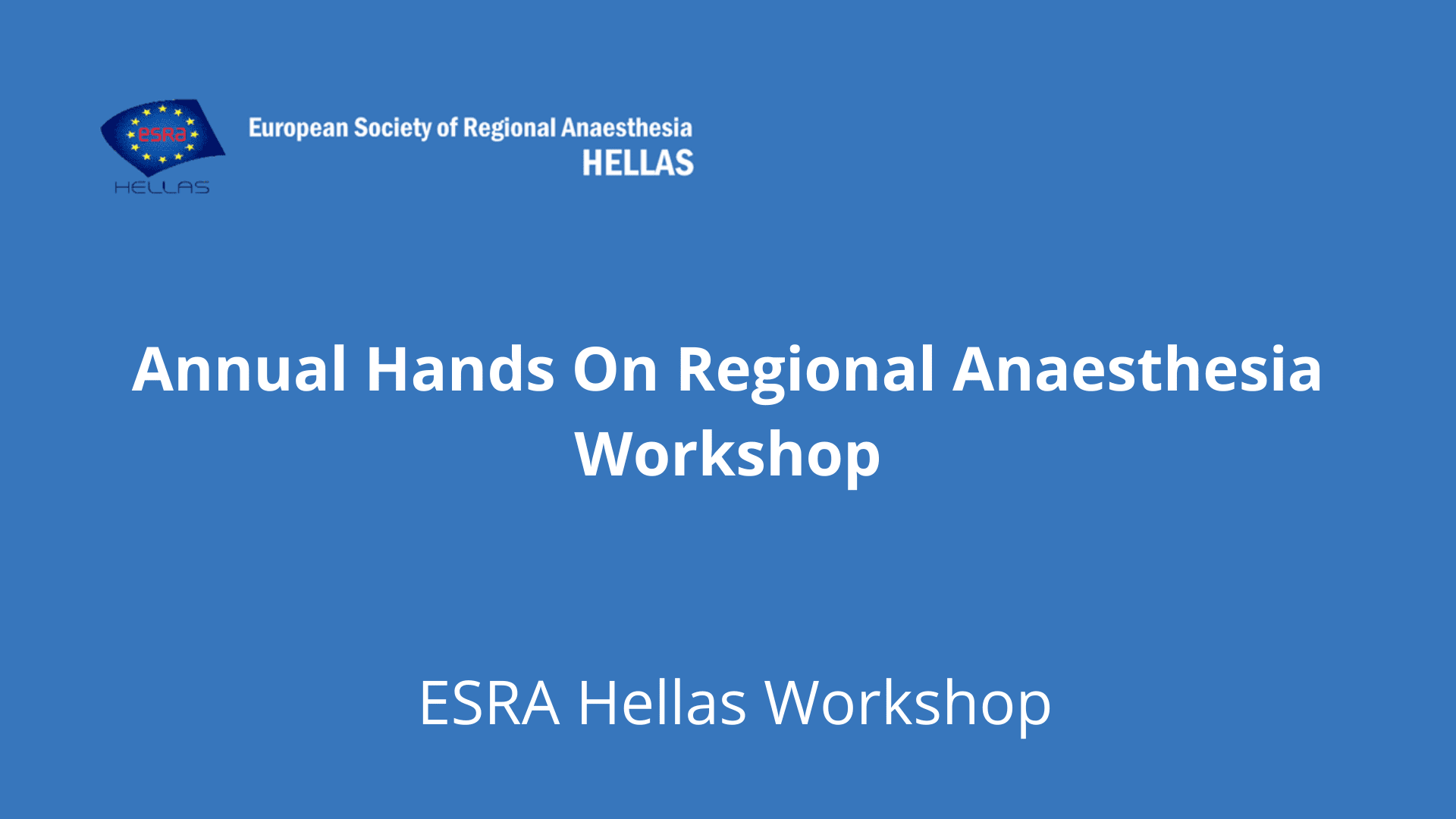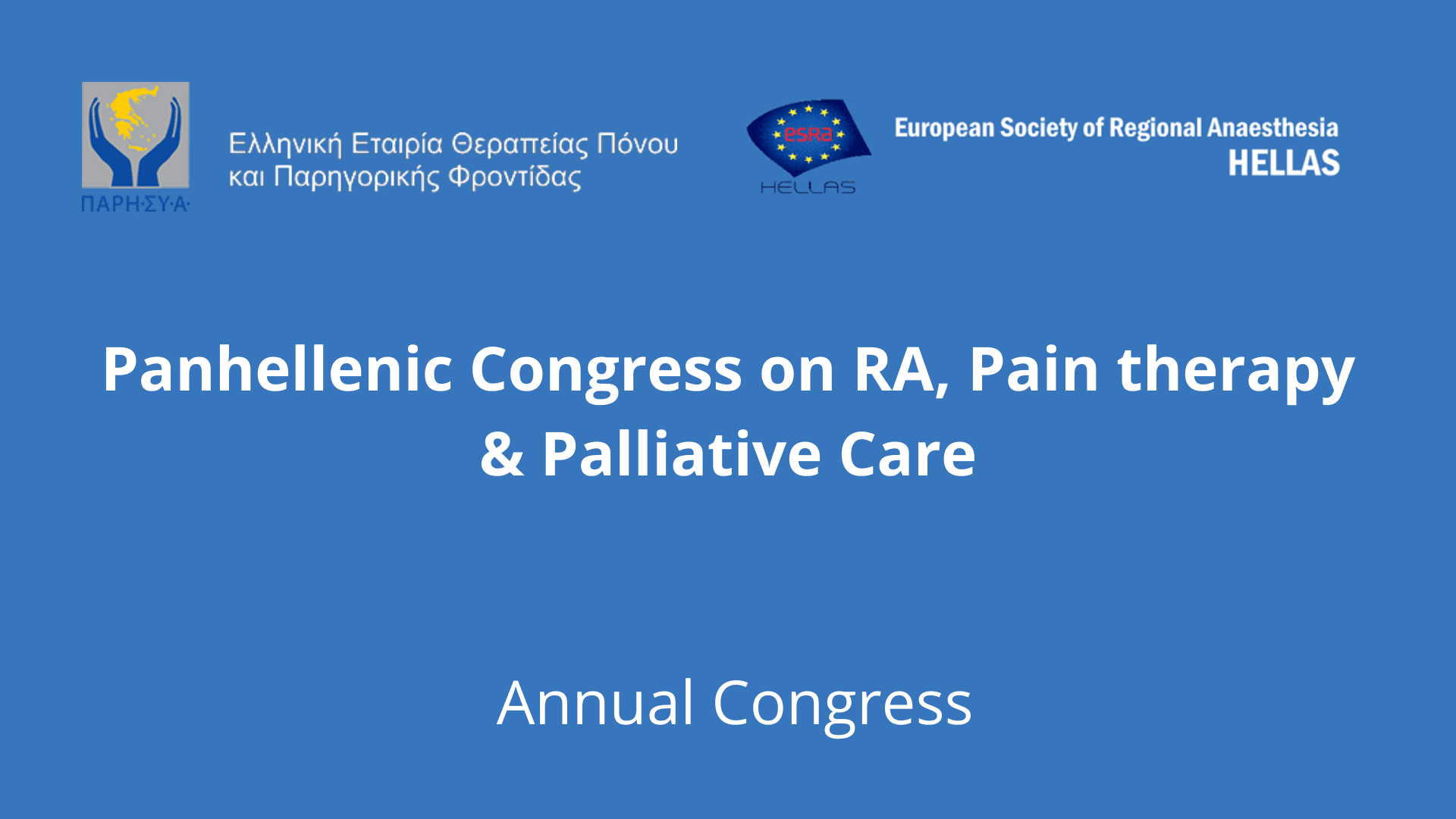TRANSIENT NEUROLOGIC SYMPTOMS: PREVENTION AND TREATMENT

ESRA Highlights
21st Annual ESRA Congress
29th May – 1st June, 2002, Barcelona, Spain
Congress Highlights
TRANSIENT NEUROLOGIC SYMPTOMS: PREVENTION AND TREATMENT
Andre Van Zundert
Catharina Hospital
Eindhoven – The Netherlands
For full text in pdf form click here.
Transient neurologic symptoms (TNS) have been described in patients who have had an uncomplicated spinal anesthetic that has made a complete recovery. Α clear interval, normally 2 to 5 hours after mobilization, without any signs or symptoms of neurologic deficits, exists before the pain starts. Α dull or throbbing back pain and/or dysaesthesia in the buttocks, thighs, or lower limbs develop within 24 hours after full recovery from the anaesthetic.
Factors that do not increase the risk of developing TNS:
Gender, race, age, ASA class, height, history of back pain, needle type or size, position during injection, approach and interspace for injection, the addition of opioids or glucose and block height did not modify the risk of TNS. Νο effect of local anesthetic dose, concentration, and osmolarity could be demonstrated.
Factors that might increase the risk of developing TNS:
The choice of the local anesthetic, the addition of phenylephrine to the local anesthetic solution, the lithotomy position, manipulations during surgery and early mobilization (outpatient status) are considered as possible causative factors.
The etiology of TNS following single-injection spinal anesthesia has not yet been elucidated. TNS has been documented after the use of spinal anesthesia with all local anesthetics, after all kinds of surgery with the patients in all kind of positions (supine, lithotomy) during surgery, whether they are mobilized early or not. Patients receiving lidocaine and mepivacaine via the subarachnoid space have a substantial risk of developing TNS, whereas bupivacaine, prilocaine and tetracaine impose less risk of injury and have a substantial lower incidence of TNS. The incidence of TNS does not differ between hyperbaric and plain solutions, and baricity does not explain the phenomenon. It is best to keep the dose at a minimum. Until firm proof of the contrary, lidocaine still can be used as a spinal anesthetic in the future, limiting the dose to 80 mg or even to 60 mg. Perhaps we have to be more selective in our choice of local anesthetic when ambulatory patients are mobilized during or soon after an operation performed in the lithotomy position. In the latter situation we better choose bupivacaine, prilocaine or tetracaine, lowering the dose so that the block wears off rapidly after the operation. Use the lowest effective concentration and dose, as animal studies have demonstrated that higher concentrations can produce (permanent) neurologic damage on neural tissues. The subarachnoid administration of 7.5-10 mg bupivacaine results in an effective spinal block for outpatient surgery without prolonging the recovery period. Use plain local anaeshtetic solutions as additives also may produce side-effects. Epinephrine and glucose are not essential components of a local anaesthetic solution. They do not contribute to the toxicity directly but only by constraining the distribution and dilution of the local anesthetic. Epinephrine should not be used with lidocaine because it is unnecessary (one could use bupivacaine instead) and epinephrine appears to significantly increase risk of major toxicity. This recommendation is not based on TNS but rather neurologic injury. The addition of phenylephrine to spinal tetracaine, increased the potential for the occurrence of TNS. If patients have a history of TNS, we have to warn them that it might happen again and leave him/her the possibility to choose for an alternative such as a general anesthetic as other local anesthetics might also results in TNS.
We have to follow-up all our patients in the postoperative period to find out if the above approach will minimize the incidence of TNS.
Recently similar TNS symptoms were also demonstrated following the use of subarachnoid meperidine, an opioid with known local anesthetic properties.
What steps should be taken to avoid TNS?
The only way to completely avoid the issue of TNS is to avoid spinal anesthesia completely. However, many things can be done to reduce the risk:
-
Use low dose bupivacaine (with fentanyl or sufentanil) where feasible – this will reduce the incidence to near zero
-
Use a very low-dose lidocaine (25 mg) technique. This technique can be acceptable in i.e. when a low block is acceptable – but still more data are necessary to be convinced that these findings are true
-
Avoid lidocaine and mepivacaine in high risk patients, lithotomy position, knee arthroscopy, outpatients and obese patients
-
Use prilocaine – though data are not adequate to firmly conclude low incidence with this agent
-
Use agents and formulations that are allowed for subarachnoid administration
What to do is case TNS is diagnosed?
First, make sure that something else is not going such on as an epidural hematoma or abscess – you do not need a CT-scan or MRI when coagulation is normal and infection signs are absent. But we should be very concerned if there is any weakness or sensory loss. In the latter situation treatment should be started with non-steroidals, ketorolac if severe.
Conclusion
For many years spinal anesthesia has been considered a safe and convenient method of anesthesia, with a very low incidence of neurological sequelae. Οnly in the early 90s warnings about TNS raised questions about the use of some local anesthetics. The incidence of TNS after spinal anesthesia is a concern for patients and a problem for anesthesiologists, for which we don’t have the right answer yet. We should concentrate on the etiology of TNS, as the causes of TNS remain unclear and almost every detail of the subarachnoid anesthetic technique and position of the patient have been claimed to contribute to this complication. Clearly the local anesthetic by itself does not seem enough to explain TNS. Not a single local anesthetic is devoid of the possibility of causing TNS, when used in the subarachnoid space. Even opioids can cause the same signs and symptoms.
Ιn the meantime we should try to find the correct answer for these often minor problems for our patients. Encouraging is that the majority of patients, experiencing TNS, still would prefer spinal anesthesia for future operations. The worst scenario, however, would be that anesthesiologists would prefer to use general anesthesia for their patients, in order to avoid TNS and legal consequences when regional anesthesia would be the more appropriate technique.
References
1. Hampl et al. Anesth Analg, 83: 1051, 1996.
2. Pollock et al. Anesthesiology, 84: 1361-1367, 1996.
3. Konig W, Ruzicic D. Anaesthesia, 52: 182-183, 1997.
4. Hampf et al. Anesthesiology, 88: 629-633, 1998.
5. FIeedman et al. Anesthesiology, 89: 633-641, 1998.
6. Van Zundert Α. IMRAPT, 10 (4): 9-15, 1998.
7. Pollock et al. Anesthesiology, 90: 445, 1999.
8. Ben-David et al. Anesth Analg, 91: 865-870, 2000.
9. Keld et al. Acta Anaesthesiol Scand, 44: 285-290, 2000.
10. SalazaI et al. Acta Anaesthesiol Scand, 45: 240-245, 2001.
11. Schneider Μ, Birnbach D. Anesth Analg, 92: 287-290, 2001.
12. Lewis et al. Anesth Analg, 94:213-214, 2002.






